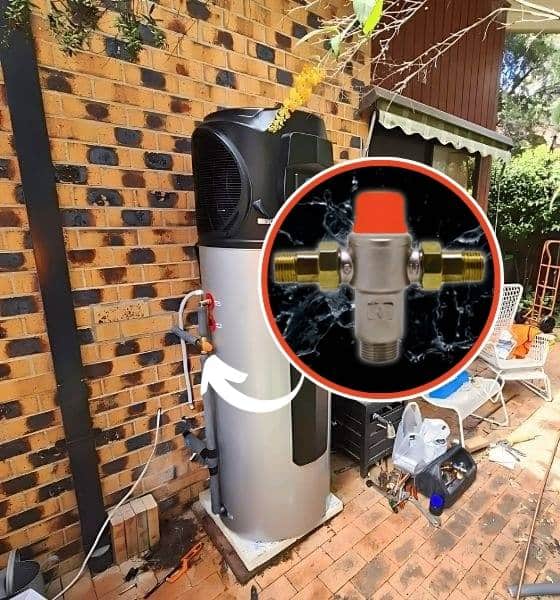What is a Tempering Valve?
Keeping Hot Water Safe in Aussie Homes
When it comes to your family’s safety and comfort, your hot water system plays a bigger role than you might think—and one key component behind it all is the tempering valve.
This clever little valve helps maintain a safe, steady hot water temperature coming from your taps and showers. More importantly, it ensures you’re complying with Australian plumbing safety standards, which are designed to protect against burns and bacteria like Legionella.
Let’s break it down in plain terms—what a tempering valve does, how it works, and why every Aussie home with a hot water system should have one.

What Is a Tempering Valve, Exactly?
A tempering valve is a safety device that mixes hot water from your storage tank with cold water before it reaches your taps. The goal? To keep the water temperature safe—no more, no less.
Without a tempering valve, water straight from your hot water unit could reach scalding temperatures, especially if it’s been sitting at 60°C or more (which it legally must, to kill off nasty bacteria).
In short, the tempering valve keeps the hot water hot enough in the tank to stay clean, but delivers it cool enough at the tap to be safe for use.
Why Tempering Valves Are a Must in Australia
Hot water must be stored at a minimum of 60°C to kill bacteria like Legionella.
But it must be delivered to taps at no more than 50°C to prevent burns and scalding injuries.
In places like aged care homes, schools, or hospitals, the delivery temp must be even lower—just 45°C for added safety.
Why Tempering Valves Are a Must in Australia
Inside the valve is a temperature-sensitive element. As water flows from your hot water unit through the valve, it automatically adds just the right amount of cold water to ensure the temperature at your shower or sink stays safe and consistent.
No fiddling with the taps. No nasty surprises in the shower. Just comfortable, regulated hot water every time.
Types of Tempering Valves (And Which One You Need)
Blue Cap – Most commonly used for electric hot water systems
Green Cap – Best suited for gas hot water systems
Orange Cap – Designed for solar and heat pump water heaters
Black Cap – Ideal for larger-capacity systems
Serving Aussie Homes with Trusted Advice
Final Thoughts: Small Device, Big Peace of Mind
A tempering valve might be a small part of your plumbing setup, but it does a massive job. It keeps your hot water system compliant with Australian regulations and helps protect your family from burns or dangerous bacteria.
So whether you’re building, renovating, or just want to make sure your home is as safe as it can be—don’t overlook your tempering valve.
Got questions? Call us on 13 10 91 and chat with one of our friendly local plumbers today. We’re always happy to help you make the smart choice for your home.
THE DOCTOR GETS IT DONE
